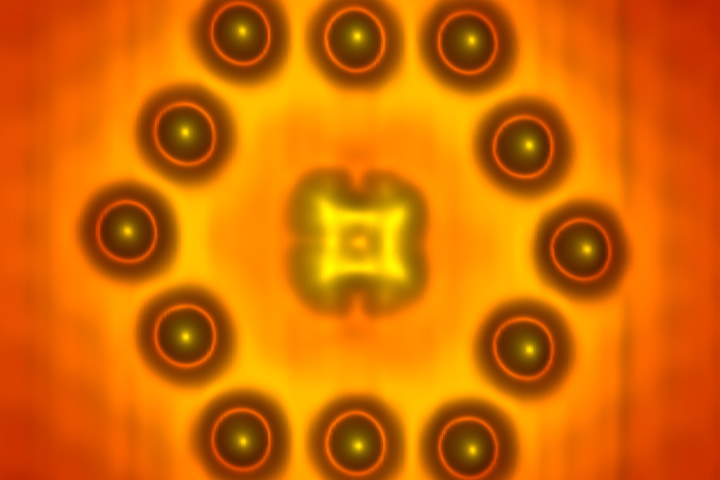
A team assembled of physicists from the USA, Germany, and Japan has reported the successful assembly of a transistor made up of just one molecule and a dozen atoms, according to a report from Hexus.
The team used molecular beam epitaxy to prepare the surface of an indium arsenide crystal to act as a base for the material. A scanning tunnelling microscope was then used to position twelve indium atoms and a molecule of phthalocyanine on that foundation.
The minuscule scale of the work being done is difficult to comprehend — as are some of the scientific principles being implemented. And at present, this process isn’t anywhere near ready to produce transistors commercially, but it could provide some of the answers necessary for the next step in making that a reality.
Transistors built with the scanning tunnelling microscope have been observed to have major differences to the semiconductors used broadly today. FUB physicist Dr. Piet Brouwer observed that the large conductance gap prompted by the effect of charge and orientation on electron flow “goes beyond the established picture of charge transport through a gated quantum dot,” further noting that it is an “intriguing behavior.”
Just earlier this year, a research team at Cornell University reported the successful trial of a transistor only three atoms thick. It’s clear that a great amount of work is being carried out to find the next great leap in transistor technology — and it will certainly be interesting to see which method industry adopts in years to come.


